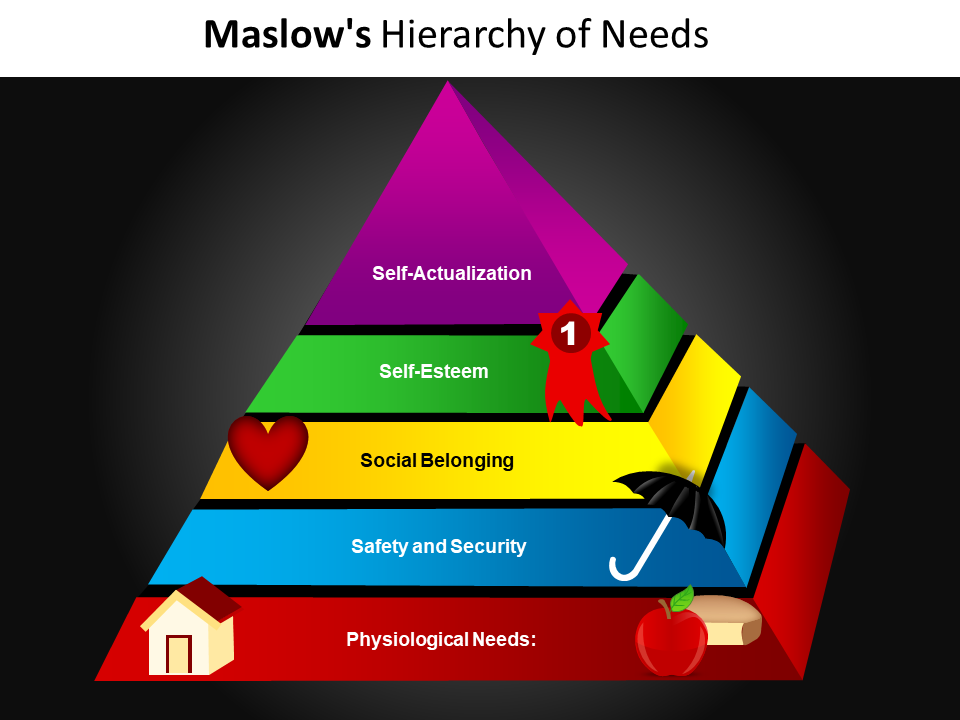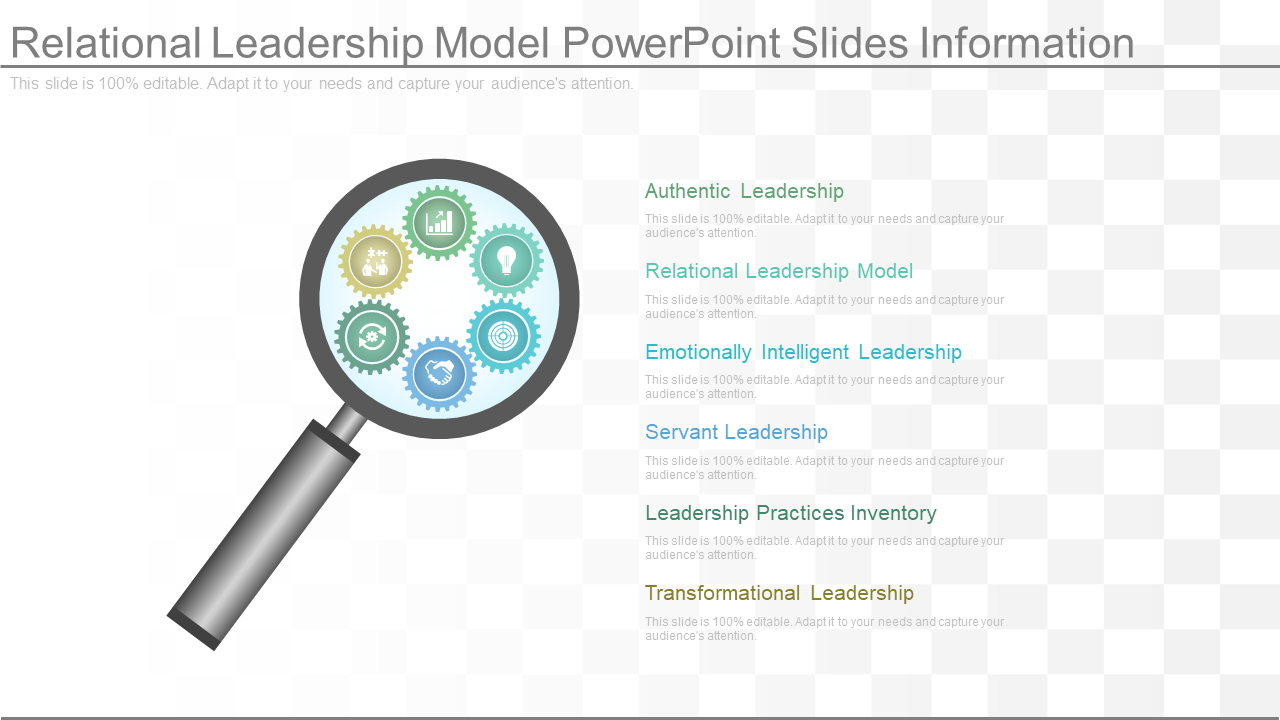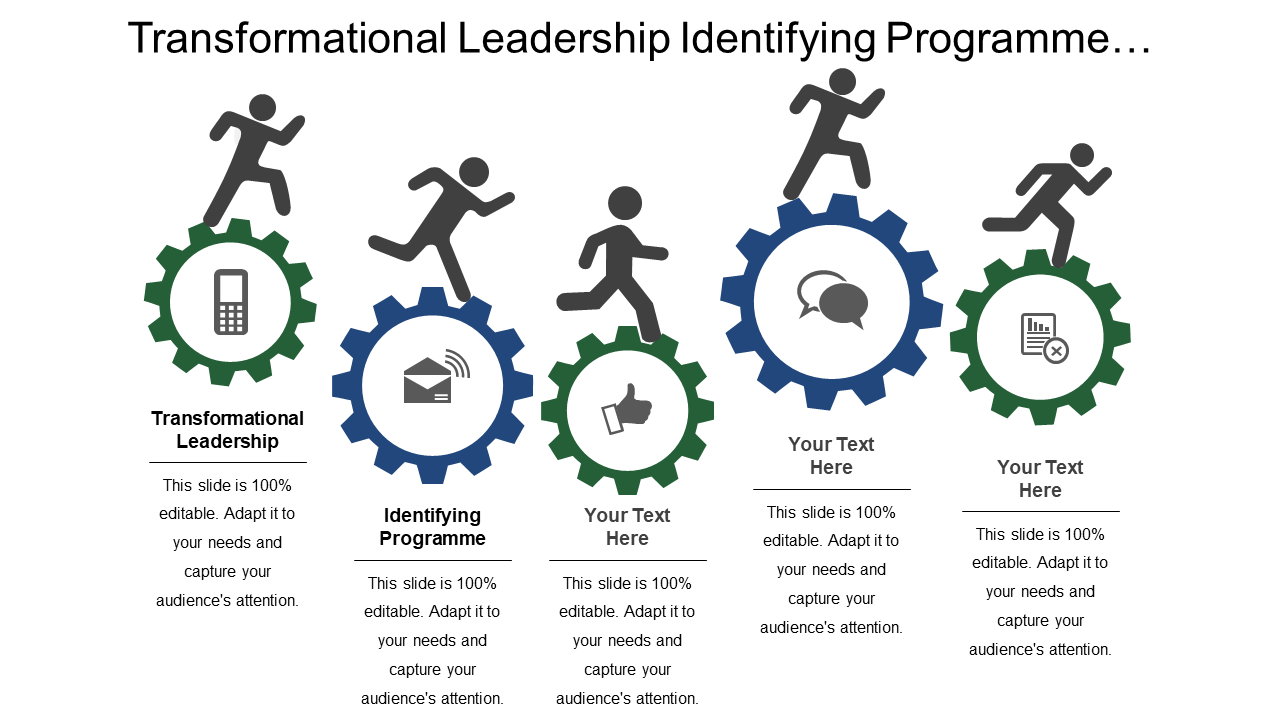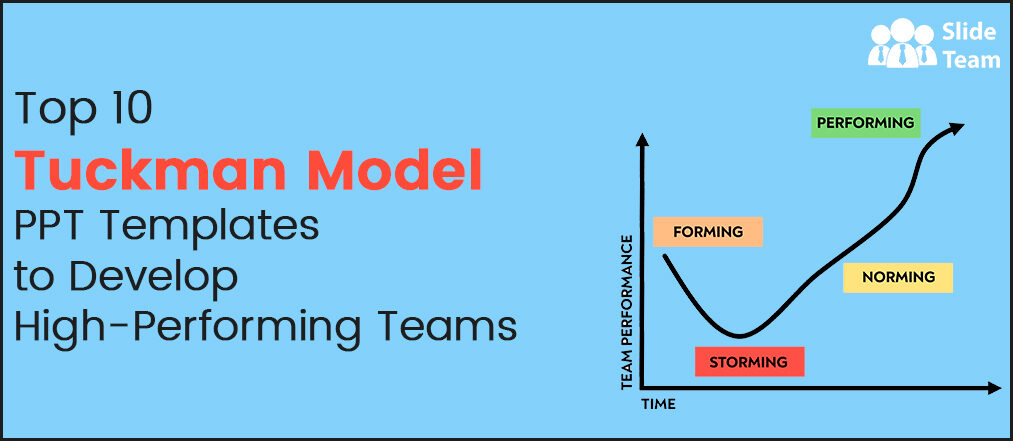What does leadership mean? Is it the ability to get things done; is it having a personality that dominates all others around; is it something you can inherit, and finally is it ensuring that you get your team members to achieve their potential?
In business places, you can test the quality of leadership when a major leader quits. The question to be asked and the answer documented is will his/her team:.
- Crumble
- Quit along with their leader
- Celebrate his downfall
If any of these three result when a leader quits, then businesses need to rethink their fundamental beliefs on leadership. One of the major beliefs is that leadership is transactional, i.e, there are goals to be achieved and targets to be met. Transformation, which by definition is change for the better is not what is the aim.
Yet, real and lasting positive change is possible only with transformational leadership. It is a kind of unstoppable force that benefits both the team and the organization. Transformational leadership is best studied with the use of pyramid diagram referred to as Maslow’s Hierarchy of Needs, that psychologist Abraham Maslow in his 1943 paper titled "A Theory of Human Motivation”
Maslow’s hierarchical needs help put things in perspective on how the human world operates. It gives us insights into the major kinds of leadership in action. Transformational leadership, by far the most common, concerns itself the bottom three needs.
Transformational leadership aims to meet the top two human needs of self-esteem and self-actualization. In this blog, we dig deep into transformational leadership and offer you templates that help you create leaders that transform and empower. The legacy that transformational leadership leaves behind is also discussed.
As a starting point, we start with how transformational leadership works and ways in which we can work towards inculcating into your organization’s culture.
Transformational Leadership Vs. Transactional Leadership
The two leadership divisions are distinguished by their ability to impact their team’s being and how sensitive bosses are to their requirements.
Under transactional leadership, the bottom three out of the five listed needs are met by a team leader. The needs are discussed below:
1. Physiological Needs These relate to the most basic of human needs that help us survive like comfort for the body; protection from weather, good health etc.
2. Safety and Security: Ensuring workplace safety, conducting routine health checks, and providing insurance policies are other responsibilities a good leader has to ensure. Job security and timely release of rightful salary amounts are good transactional leaders need to perform.
3. Social Belonging: Good managers organize social activities, host team-building exercises, and circulate newsletters to strengthen the social bond.
After this stage, transformational leadership comes into its own. A transformational leader contributes to the personality development of his/her team that helps them become independent, creative and even learn some leadership. These are the top two tiers of Maslow’s pyramid that transformational leaders particularly target.
4. Building and Boosting Self-Esteem: Leaders aiming at their employees' growth and development will give them challenging projects to activate their creativity and think tanks. Read more about this trait of a leader in this blog.
5. Self-Actualization: Providing a healthy environment for employees and teammates to communicate and express their thoughts and, more so, work towards understanding their vision and aspirations represent the hallmarks of transformational bosses.
While transactional leaders ensure loyalties and obedience from their teams, transformational leaders sow the seeds of eternal gratitude, creating empowered team players, and equally empowering future bosses.
Benefits of Transformational Leadership
Transformational Leadership involves laying down challenging yet achievable goals for themselves and their team. They expose employees to trials that would later on justify promotions or demotions. Transformational leaders are the reason organizations become stable, and teammates work together to achieve common goals. In this way, efficiency and overall productivity also increases.
How to Bring About Transformational Leadership?
Creating Transformation leadership is answering the age-old question on leadership with a Yes: Can good and able leaders be made?
If leaders have a tendency to learn and a passion to see other people grow , an enthusiastic audience will follow, and the world will look up to them.
A transformation leader is aware that people need to be supported in the pursuit of their goals. Another major characteristic of transformational leadership is giving a long rope to people who are good, for making mistakes. Transformational leadership, however, is not about preaching. When they do speak, their intent is to share their vast knowledge and their tried-and-tested formulas. As an analogy, consider transformational leadership as the originator of a Chain of Leaders that grows; identifying and nurturing leadership is the key feature of Transformational Leadership.
How Can SlideTeam Help Your Organization?
Being the world’s No.1 repository of PowerPoint Templates, we provide tips as well as resources to influence your audience. To ease your work, we have collated the 10 best designs to imply the importance of transformational leadership to your audience. Invoke the true spirit of this virtue and embark on the journey of creating resilient leaders of tomorrow.
Template 1: Transactional And Transformational Leadership Development PowerPoint Presentation Slides
Own this 79-slide PowerPoint Presentation, and you will be on your way to delivering a meaningful presentation. This deck will influence and immerse your audience in the true spirit of transformational leadership. Use examples, give advantages, and demonstrate the vision that transformational leadership stands for. Present all facets of this concept with this comprehensive PPT. Grab now!
Template 2: Servant Leadership PowerPoint Shapes
Want to lay the foundation of servant leadership in your future leaders? This PPT Layout will suffice. Highlight the six core traits of such virtuous leaders who prioritize the needs of their team before themselves. Focus on authentic leadership, relational leadership model and an emotionally intelligent leadership, etc, among other dimensions of quality leadership with this iconic PPT Template. Download this template now!
Template 3: Transformational Leadership Communication Process PPT
Transformational leaders need to be visionary and commit to that dream of achieving success and prosperity. Create a four-step process with this PPT Template to identify the core steps that create a vision . Right from developing a strategic vision to communicating it, modeling, and finally, committing to making it come true. Know and deliver something new with the download of this template.
Template 4: Relational Leadership Model PowerPoint Slides Information
Are you promoting the relational leadership model in your organization? Then you need this creative slide for easing the explanation process. Highlight the key aspects of transformational leadership that focuses on building good relationships with colleagues and juniors. Download this easy-to-edit template now!
Template 5: Transformational Leadership Icon PowerPoint Graphics
What importance does transformational leadership hold for your organization, and what benefits can you get? Answer these questions with this infographic slide. Highlight three important aspects related to executing this form of leadership in your facility. Download this editable PPT design now!
Template 6: Transformational Leadership Program Steps PPT
Now that you are firm on reforming your leadership, how do you plan to implement transformational leadership in your organization? Answer this question in five steps and lay down the five key steps in developing relevant skills and capabilities in your future leaders. Use this PPT Layout now!
Template 7: Transformational Leadership Developing Strategic Vision And Model PPT
This is another creative design to implement your vision of transformational leadership. Deploy this comprehensive infographic template to create a roadmap for your future leaders. Start by framing a strategic vision, followed by conveying that vision, modeling it, and finally committing to it until it is realized. Add details of further procedures involved along the way. Get it now.
Template 8: Transformational Leadership Layers PPT
Highlight the four Is that conform to the purpose of transformational leadership, namely: idealized influence, inspirational motivation, individualized consideration, and intellectual stimulation. Elaborate on what each goal implies for your organization and state their importance in the organization's overall progress. Don’t wait any longer; download this easily available template now!
Template 9: Transformational Leadership To Develop Employee Capability
Highlight the five steps of formally covering employees under able transformational leadership. These steps are: Translating strategy into action; Building strategic relationships; Leveraging your Emotional Intelligence; Leading Through Change, and finally, developing employee capabilities. Add comments to elaborate these steps with this editable and highly-compatible-to-your-presentation-software template.
Template 10:Leadership And Board Transformational Leadership Theory PPT PowerPoint Presentation Show Grid
Elucidate how transformational leadership will upgrade your organization and everyone affiliated with it. Showcase benefits of transformational leadership using this bulleted PPT Layout. Point out the psychological transformation, along with the 4Is, namely idealized influence, inspirational motivation, individualized consideration, and intellectual stimulation with this PPT Design. Go ahead and download it now.
Imbibe and inculcate transformational leadership in your organization with our leadership ppt Designs. Project your organization towards greatness by equipping your employees and their team leaders with the correct awareness and exposure.
PS: We thought you might like this toolkit on the best templates that leaders require and MUST HAVE to measure the heights of success. Check now!
FAQs on Transformational Leadership
What is the difference between transactional and transformational leadership?
Transformational leadership aims to connect with the vision and the aspirations of employees and expose them to opportunities that help them grow. On the other hand, in transactional leadership, immediate obligations are complied to, which is considered a success.The fundamental premise of transactional leadership is to turn a team of employees into self-motivated individuals, willing to work for higher ideals like growth in knowledge base or increased ability to lead. Transactional leadership just concerns itself with getting the job done. In other words, transformational leadership is long-term, while transactional leadership works in the short-term.
What are the 4 Is of Transformational Leadership?
The 4 Is of Transformational leadership are:
- Idealized Influence: This means that leaders should have the capability to become a figure that teammates can look up to.
- Inspirational Motivation: This refers to the focused attention of leaders on the common vision that they commit to. In transformational leadership, the aim is to nurture and create leaders and good leadership.
- Intellectual Stimulation: Transformational leaders encourage creativity and thinking -out-of-the box attitude in team members. Such leaders are innately patient, promoting critical thinking and problem solving practices in the organization.
- Individual Consideration: Transformational leaders conform to the virtues of enhancing the personalities of their team members. They act as coaches and help create environments of growth and excellence for the entire organization.
What is Servant Leadership?
Servant leadership focuses on the idea of leaders serving more than dominating their peers and juniors. It aims to bring about a decentralized organizational structure, that in turn promotes innovation, empowers employees, and assures the well-being of those around them. It is the scenario where leaders focus more on facilitating their team members and providing all avenues that help them grow.
What is Relational Leadership?
This type of leadership focuses on the philosophy of being ethical and inclusive. There is acknowledgement of the diversity that the group brings and equal opportunities to promote empowerment of all. It is a kind of leadership where the leader builds an organizational-wide climate of inclusivity. Here, doors are always open to growth. In this kind of leadership style, there is unlikely to be the formation of groups or cliques.
Is there any example of transformational leaders that you can think of?
Steve Jobs, Jeff Bezos, Barack Obama, and Martin Luther King Jr are some of the transformational leaders the world has seen. All of them thought of the other before the self; be it in business, politics or important fields of social behavior. A unique quality of transformational leadership is to never judge individuals. They evaluate and they suggest a road to improvement. That is all. Their higher level is targeting the top-most segment of Maslow’s hierarchy: Creating self-actualized individuals.





 Customer Reviews
Customer Reviews















![Top 15 Templates to Showcase Your Project Team [Free PDF Attached]](https://www.slideteam.net/wp/wp-content/uploads/2022/04/Project-Team-Template_1-493x215.gif)
![[Updated 2023] Top 20 Coaching and Mentoring Templates in PowerPoint for Leadership Development](https://www.slideteam.net/wp/wp-content/uploads/2020/07/size1001-436-24-335x146.jpg)

![[Updated 2023] Top 11 Emotional Intelligence PPT Templates For Leadership Effectiveness](https://www.slideteam.net/wp/wp-content/uploads/2021/10/Top-11-Emotional-Intelligence-PPT-Templates-For-Leadership-Effectiveness-2-1013x441.jpg)












